Beets
Beets, with their rich, colorful roots and lush green tops, bring a vibrant and earthy charm to any garden. These root vegetables are known for their striking appearance, with deep red, golden, or even striped varieties that add a splash of color beneath the soil. The leafy greens also offer a beautiful contrast, making beets a visually appealing addition to garden beds.
In Florida planting zone 9, beets grow well, thriving in the mild climate and offering a reliable harvest. The roots develop into round or cylindrical shapes, peeking out from the soil when they’re ready to be picked. The sight of these robust roots is a satisfying reward, showcasing the successful growth and bounty of your garden.
For novice gardeners, beets are an excellent choice. They are relatively easy to grow and provide a dual harvest of nutritious greens and sweet, earthy roots. Whether you enjoy them roasted, pickled, or in salads, beets bring a delightful and healthy addition to your table, making your gardening journey both fruitful and delicious.
I would give beets a 4 out of 5 on how easy they are to grow. They are relatively easy to cultivate and offer multiple benefits, making them suitable for both beginners and experienced gardeners.
The vegetables listed on this page are not the only ones that can thrive in this region of Florida, but they represent the top recommended varieties for optimal growth and success in local conditions.
Affiliate Disclaimer:
Ocala Food Forest participates in affiliate programs that help support our educational and community projects.
When you purchase through the links provided on our site, we may receive a small commission at no additional
cost to you. This support allows us to keep the site free to access and continue researching what grows best
in Central Florida’s Zone 9 climate. We only recommend products and resources we have personally tested and trust.
Detroit Dark Red
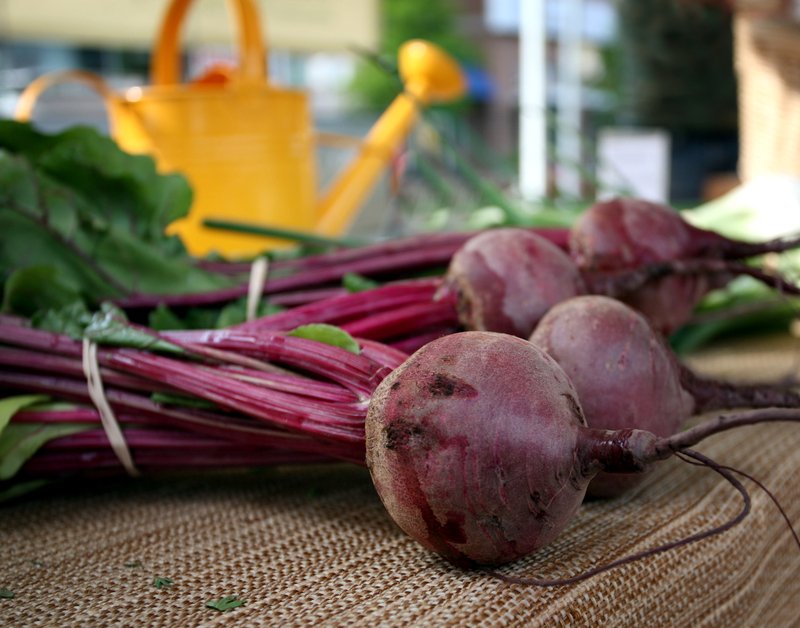
Description: Detroit Dark Red is a popular heirloom variety known for its deep red, globe-shaped roots and sweet, tender flesh. It is a reliable producer with excellent flavor.
Growing Season: Fall and Winter
USDA Planting Zone: 2–10
Special Notes: Ideal for both fresh eating and canning. The tops are also edible and can be used like Swiss chard.
Chioggia
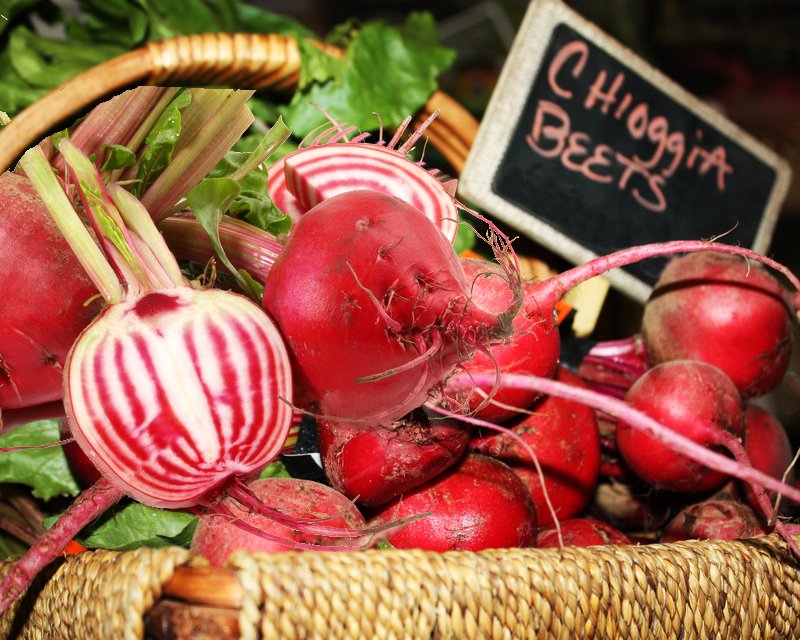
Description: Chioggia is an Italian heirloom variety known for its striking concentric rings of red and white inside the root. It has a mild, sweet flavor and adds visual appeal to dishes.
Growing Season: Fall and Winter
USDA Planting Zone: 2–10
Special Notes: Performs well in warmer climates. The roots are less prone to becoming woody in warm weather.
Golden
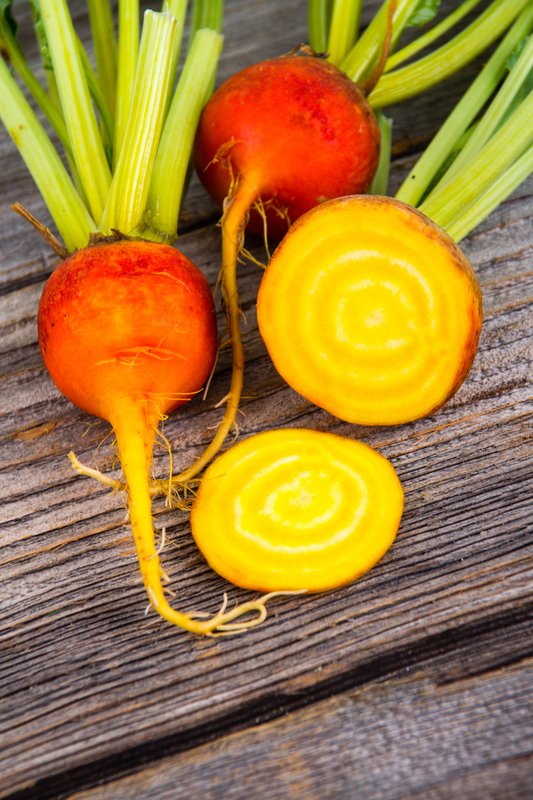
Description: Golden beet produces bright yellow roots with a sweet, mild flavor and tender texture. The leaves are also edible and have a slightly sweeter taste than other beet greens.
Growing Season: Fall and Winter
USDA Planting Zone: 2–10
Special Notes: Non-staining variety, making it a favorite for salads and culinary use. It retains its color even when cooked.
Cylindra
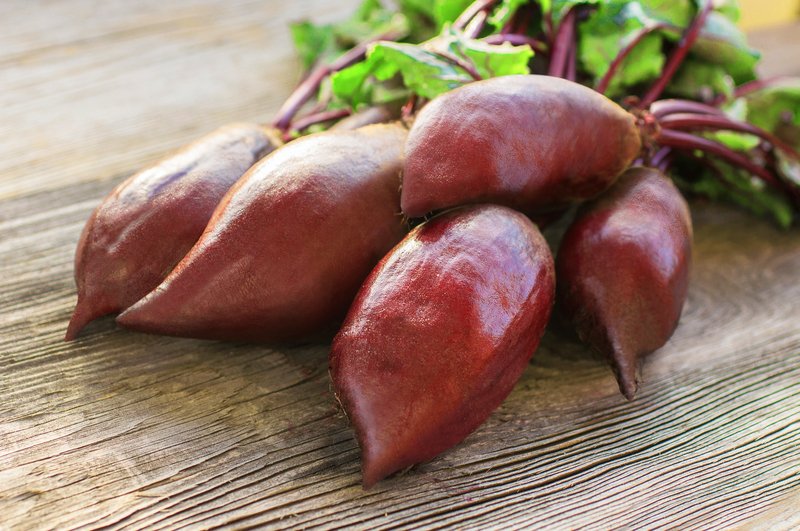
Description: Cylindra, also known as Formanova, is a unique, cylindrical beet variety that produces long, uniform roots. It has a sweet flavor and smooth texture.
Growing Season: Fall and Winter
USDA Planting Zone: 2–10
Special Notes: Ideal for slicing due to its shape. It matures quickly and is suitable for pickling and fresh use.
Bull's Blood
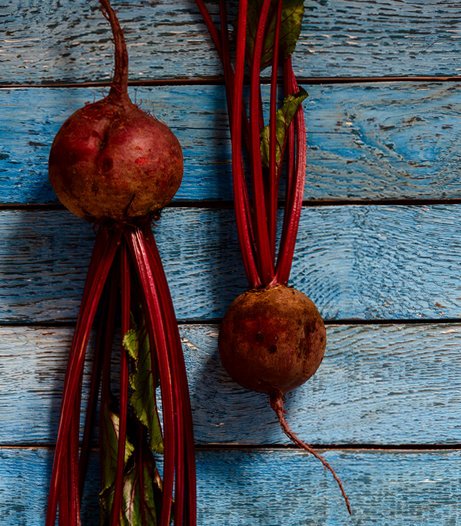
Description: Bull's Blood is an heirloom variety known for its deep red leaves and dark red roots. The young leaves are often used in salads for their color and flavor.
Growing Season: Fall and Winter
USDA Planting Zone: 2–10
Special Notes: Dual-purpose beet, providing both edible greens and roots. The roots have a sweet, earthy flavor.
Florida Vegetable Planting Map
This guide provides information on when to start seeds inside, direct seed, and transplant starter plants in the different regions of Florida.
North USDA Planting Zones: 8b-9a
Central USDA Planting Zones: 9b & some of 10a
South USDA Planting Zones: 10a-11b
Visit the U.S. National Arboretum for an Exact USDA Planting Zone Map.
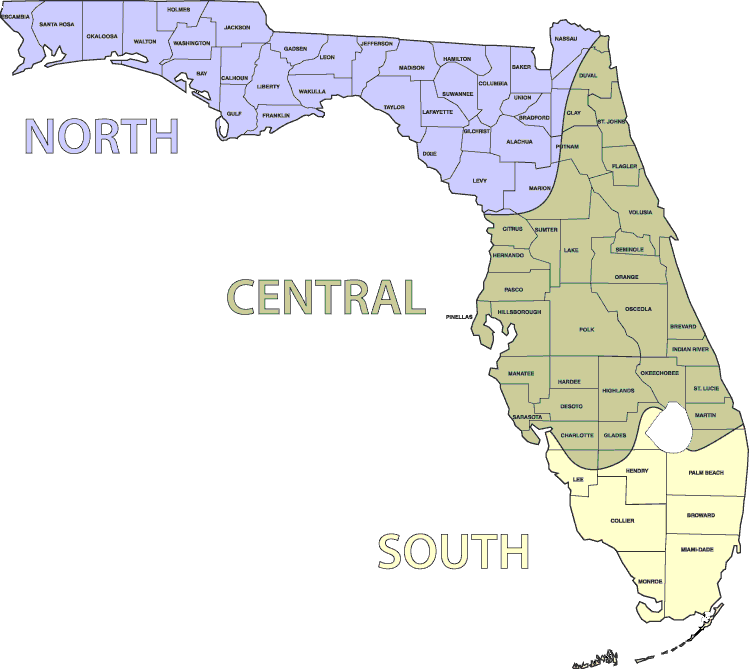
| Beet | North Florida | Central Florida | South Florida |
|---|---|---|---|
| Start Seeds Inside | Not recommended | Not recommended | Not recommended |
| Direct Seed | Aug-Feb | Sep-Feb | Oct-Jan |
| Transplant Starter Plants | Not recommended | Not recommended | Not recommended |
Start Seeds Inside: Direct Seed: Transplant Starter Plants: Soil: Sun: Watering: Spacing: Fertilization (N–P–K Ratio): When to Add: Application Tips: Additional Tips: Harvesting: Pests and Diseases in Florida: Companion Plants: Plants to Avoid Nearby:
Planting Guide – Beets
Getting Started
Starting beet seeds indoors is not recommended. Beets develop best when their roots can grow undisturbed in their final location from the beginning.
Direct seeding during the cooler months lets beets establish roots without heat stress, leading to better growth and more uniform roots.
Transplanting beet seedlings is not recommended because their delicate roots are easily disturbed, which can cause misshapen roots and reduced yields.
Soil, Sun, Water, and Spacing
Beets prefer well-drained loamy soil with a pH between 6.0 and 7.5. Work in compost or well-rotted manure to improve fertility and texture for smooth root development.
Full sun is ideal, but beets can tolerate partial shade—especially useful in warmer parts of Florida to reduce heat stress.
Keep soil consistently moist but never soggy. Mulch helps hold moisture and keep soil temperatures more even during root formation.
Sow seeds about 1 inch apart in rows spaced 12 inches apart. Thin seedlings to 3–6 inches apart to give each root enough room to size up properly.
Fertilization, Care, and Problems
Beets respond well to fertilizers with slightly higher phosphorus for root development, such as 5-10-10 or 4-8-4.
Before Planting: Mix fertilizer into the top soil layer prior to seeding to support early root formation.
Mid-Growing Season: Apply a light side-dressing mid-season to support continued growth and bulb development.
Beets are typically ready when roots are about 1.5–3 inches across, usually 50–70 days after planting. Gently pull or lift the roots; the greens are also edible and can be harvested for cooking or salads.
Blog post on Natural Fertilizers
Natural Pest Control
Companion Plants and Plants to Avoid
Onions
Their strong smell helps repel aphids, flea beetles, and other pests that seek out beet foliage and roots.
Garlic
Repels aphids, flea beetles, and root-knot nematodes; its antifungal properties can help reduce Cercospora and other leaf diseases.
Radishes
Act as a trap crop for leaf miners and flea beetles, drawing damage away from beets and keeping beet leaves cleaner.
Marigold
Helps deter root-knot nematodes and other soil pests with root exudates that protect beet roots.
Mint
Its strong aroma repels aphids, flea beetles, and other pests; also attracts beneficial insects that prey on beet pests.
Plant in containers or controlled areas to prevent spreading.
Garden Beans
Can inhibit beet growth and compete for nutrients, reducing root size and quality.
Field Mustard
Competes heavily for nutrients and space, which can slow beet development.
Charlock
Similar to field mustard in competition and can crowd out young beet seedlings.
Spinach / Swiss Chard
Close beet family relatives that compete for similar nutrients and can increase the risk of shared diseases when planted too close.
